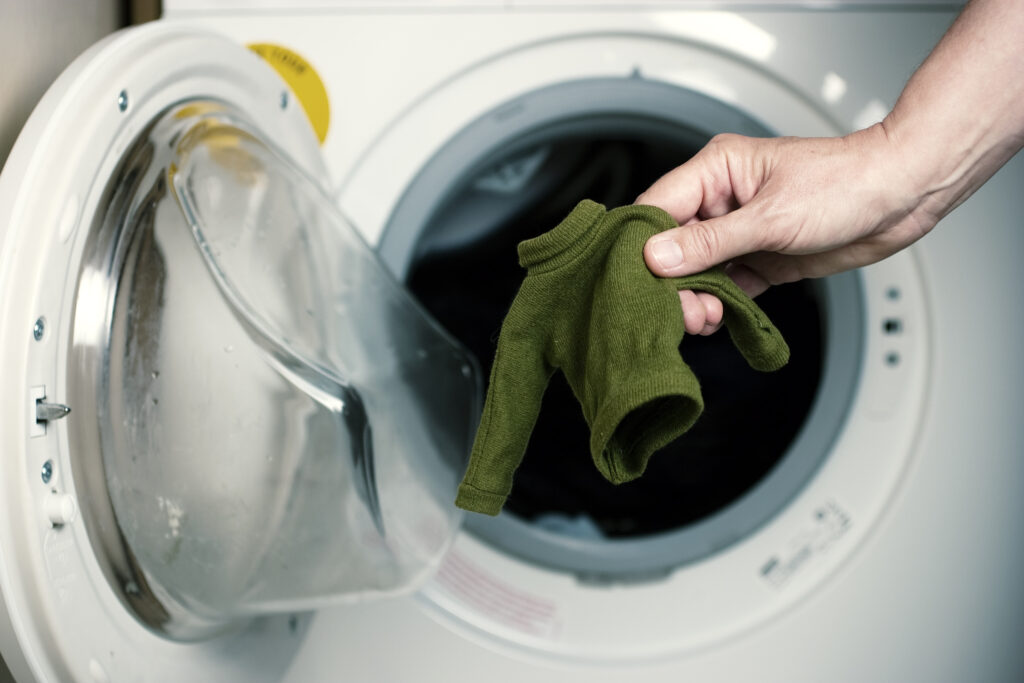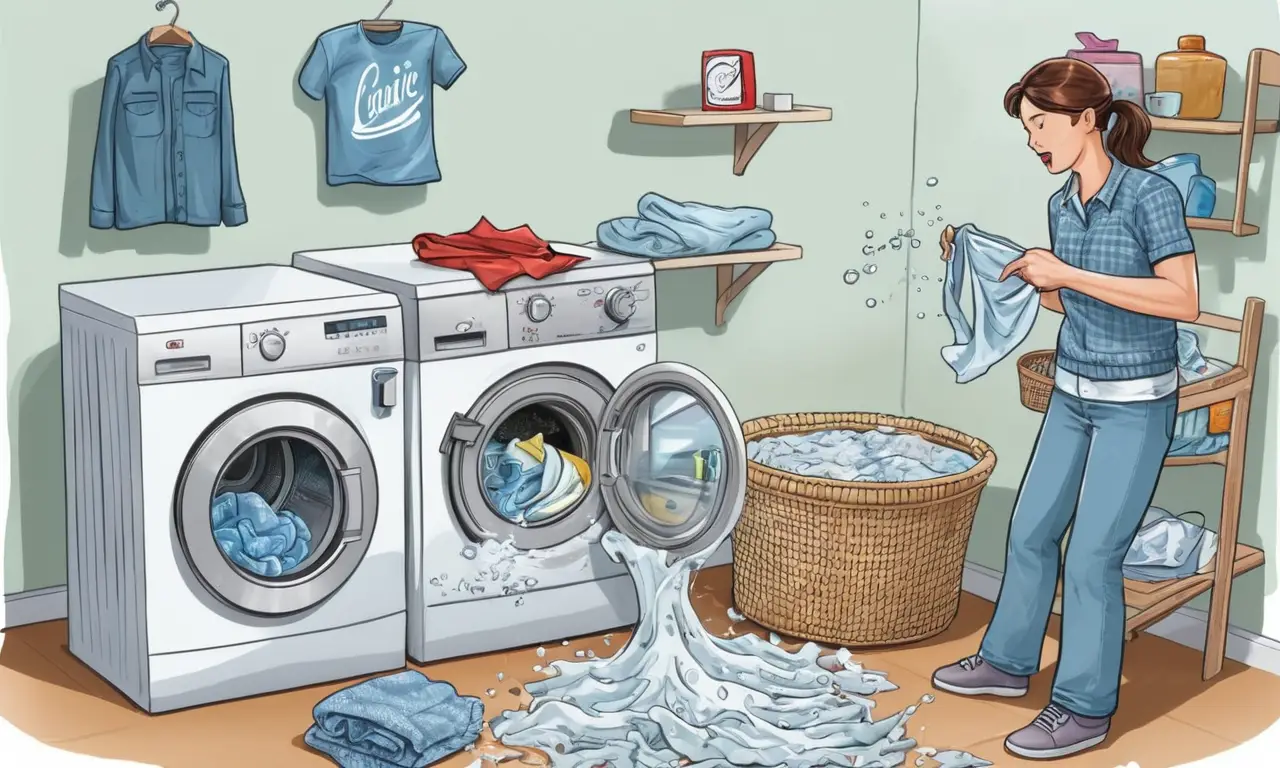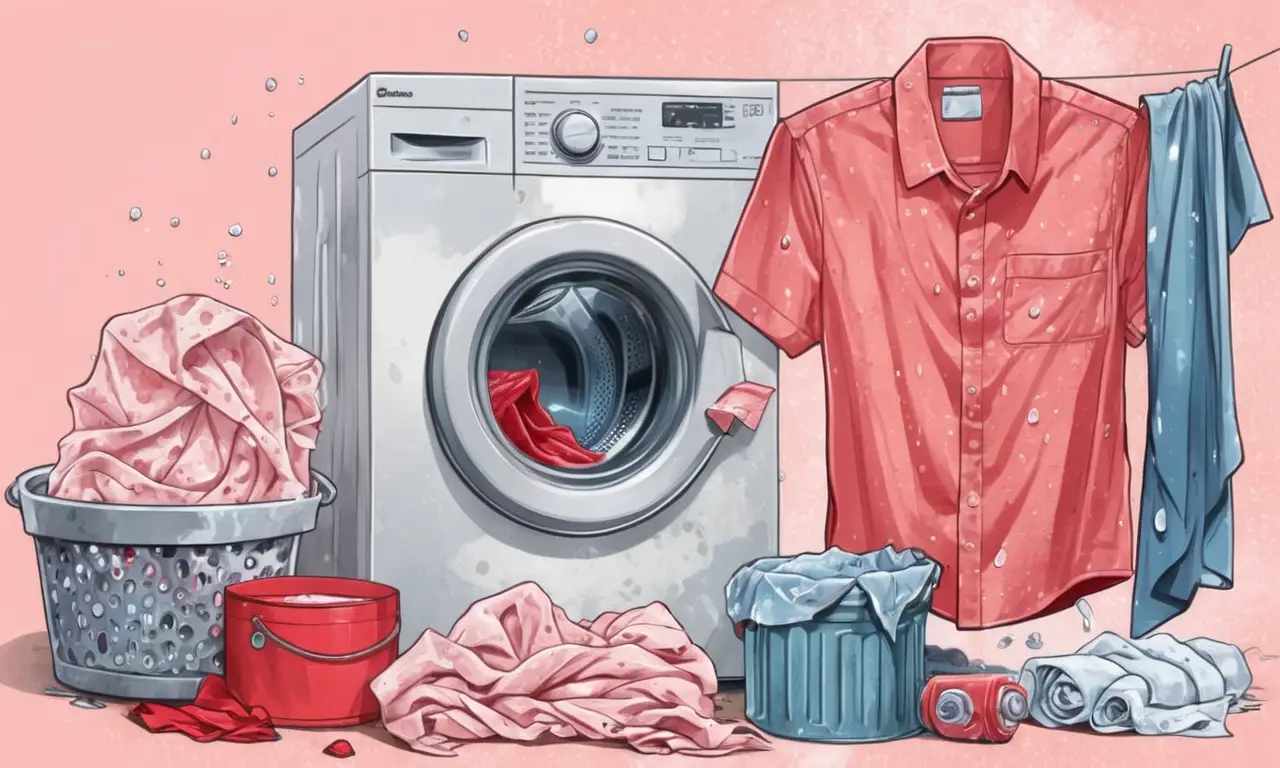
Washing clothes is a chore we all face, but sometimes even the simplest tasks can lead to unexpected problems. One common laundry blunder is accidentally washing clothes in hot water. While hot water can be effective for certain fabrics and stains, it’s often too harsh for many garments, leading to shrinkage, fading, and damage.
This article will delve into the potential pitfalls of using hot water for laundry, exploring how it can negatively impact your clothes. We’ll also provide practical tips on preventing these issues, ensuring your garments stay in top condition wash after wash. From understanding fabric types to mastering care label reading, you’ll gain valuable knowledge to avoid common hot water laundry mistakes.
Hot Water Laundry Mistakes
Using hot water for laundry can seem like a quick fix for removing stains or killing germs, but it often comes with unintended consequences. One of the most prevalent issues is shrinkage. Hot water causes fibers in fabrics to contract, leading to garments becoming smaller than their original size. This is particularly problematic for items made from natural fibers like cotton, wool, and linen.
Another common mistake is using hot water on delicate fabrics. Materials like silk, lace, and rayon are susceptible to damage from high temperatures. Hot water can weaken the fibers, causing them to tear or become misshapen. Additionally, hot water can accelerate fading in brightly colored garments. The heat can break down dye molecules, resulting in duller colors over time.
Shrinkage Prevention

Preventing shrinkage is crucial for maintaining the fit and shape of your clothes. Always check the care label before washing, as it will specify the recommended water temperature. For items prone to shrinkage, opt for cold or lukewarm water washes.
When drying clothes, avoid using high heat settings in the dryer. Instead, choose a low-heat setting or air dry your garments flat to minimize shrinkage. If you do need to use hot water, consider pre-shrinking your clothes before wearing them. This involves washing and drying the garment in hot water once to encourage any potential shrinkage beforehand.
Fabric Damage from Hot Water
Hot water can inflict significant damage on various fabrics, leading to irreversible changes in texture and appearance. Natural fibers like cotton and linen are particularly vulnerable to weakening when exposed to high temperatures. The heat can break down the cellulose fibers, making them more susceptible to tearing and fraying.
Synthetic fabrics, such as polyester and nylon, can also suffer from hot water washing. While they are generally more resilient than natural fibers, prolonged exposure to high temperatures can cause them to become stiff and brittle. This can lead to cracking and discoloration over time.
Delicate Fabrics
Delicate fabrics like silk, lace, and rayon require extra care when laundering. Hot water can easily damage these materials, causing them to lose their shape, become discolored, or even tear. Always choose cold or lukewarm water for delicate fabrics and avoid using harsh detergents or bleach.
Delicate Fabrics and Washing Temperatures

When it comes to washing delicate fabrics, temperature is paramount. Hot water can wreak havoc on these materials, causing irreversible damage. Opt for cold or lukewarm water washes to protect the fibers and preserve their integrity.
Specific Fabric Care
Different delicate fabrics have unique care requirements. For example, silk should be hand-washed or machine washed on a gentle cycle with a mild detergent. Lace is best hand-washed in cool water and laid flat to dry. Rayon can be machine washed on a delicate cycle with cold water, but avoid using bleach or fabric softeners.
Checking Care Labels
Care labels are your best guide when it comes to washing clothes properly. They provide specific instructions for each garment, including recommended water temperatures, drying methods, and any special care requirements. Always take the time to read and understand the care label before laundering your clothes.
Conclusion
While hot water can be effective for certain laundry tasks, it’s essential to be mindful of its potential downsides. Accidentally washing clothes in hot water can lead to shrinkage, fading, and damage to delicate fabrics. By understanding the risks and following proper washing techniques, you can protect your garments and keep them looking their best wash after wash. Remember to always check care labels, choose appropriate water temperatures, and opt for gentle drying methods to ensure your clothes last longer and maintain their quality.
